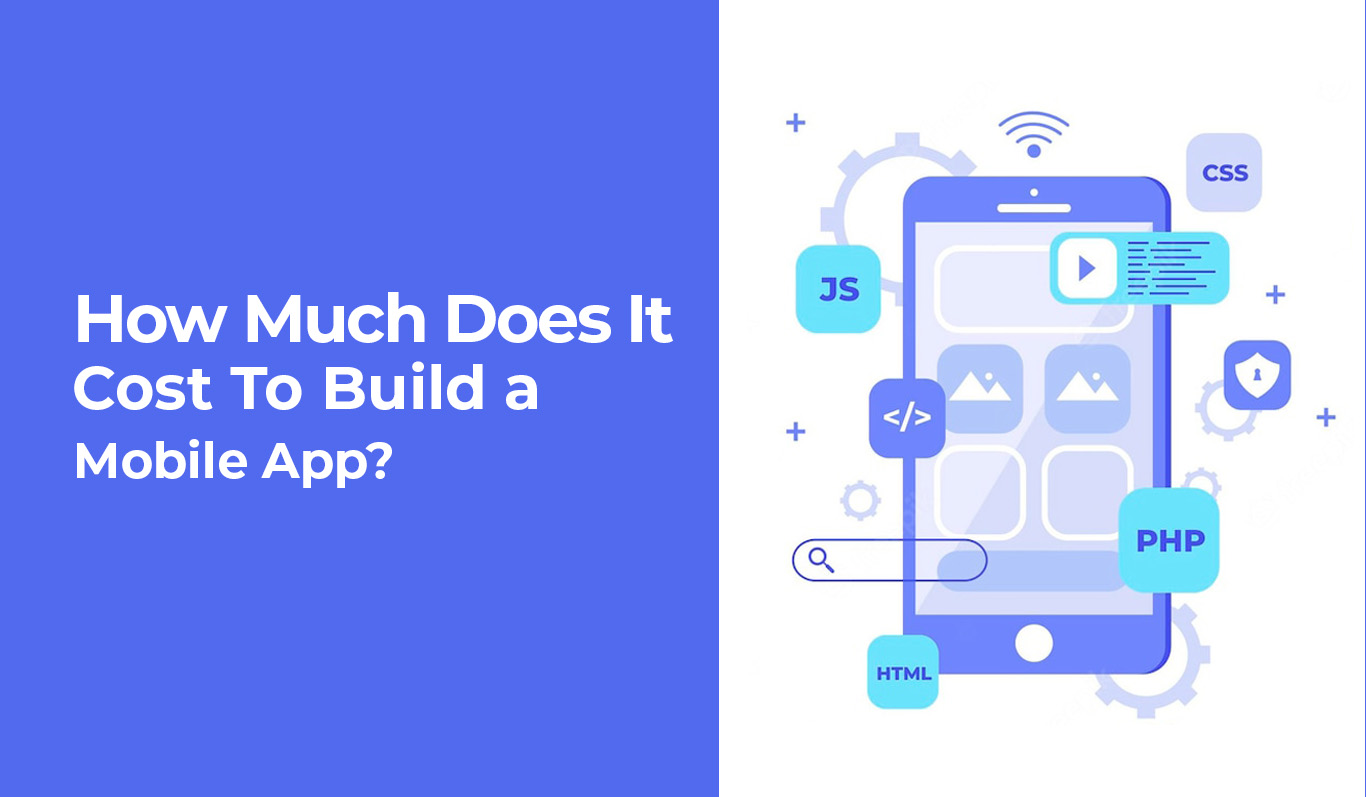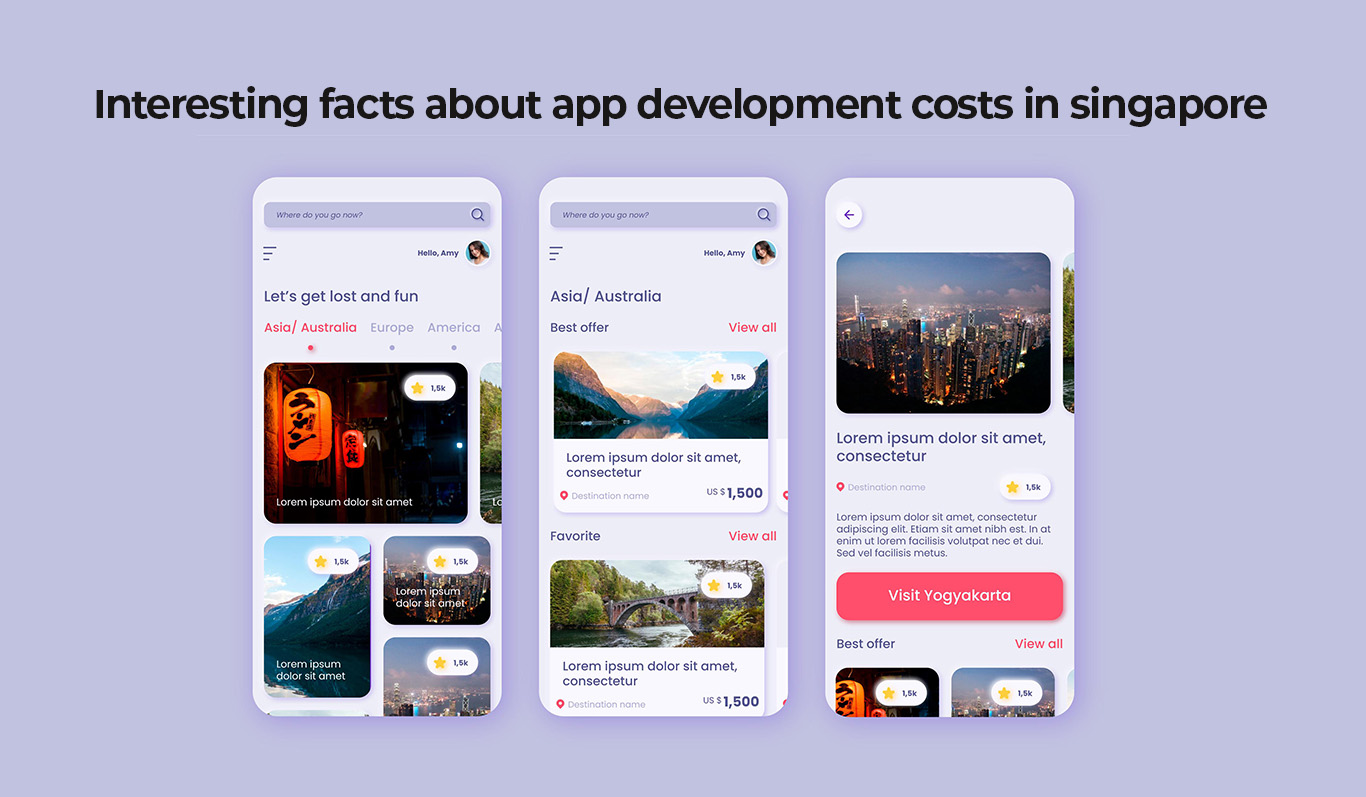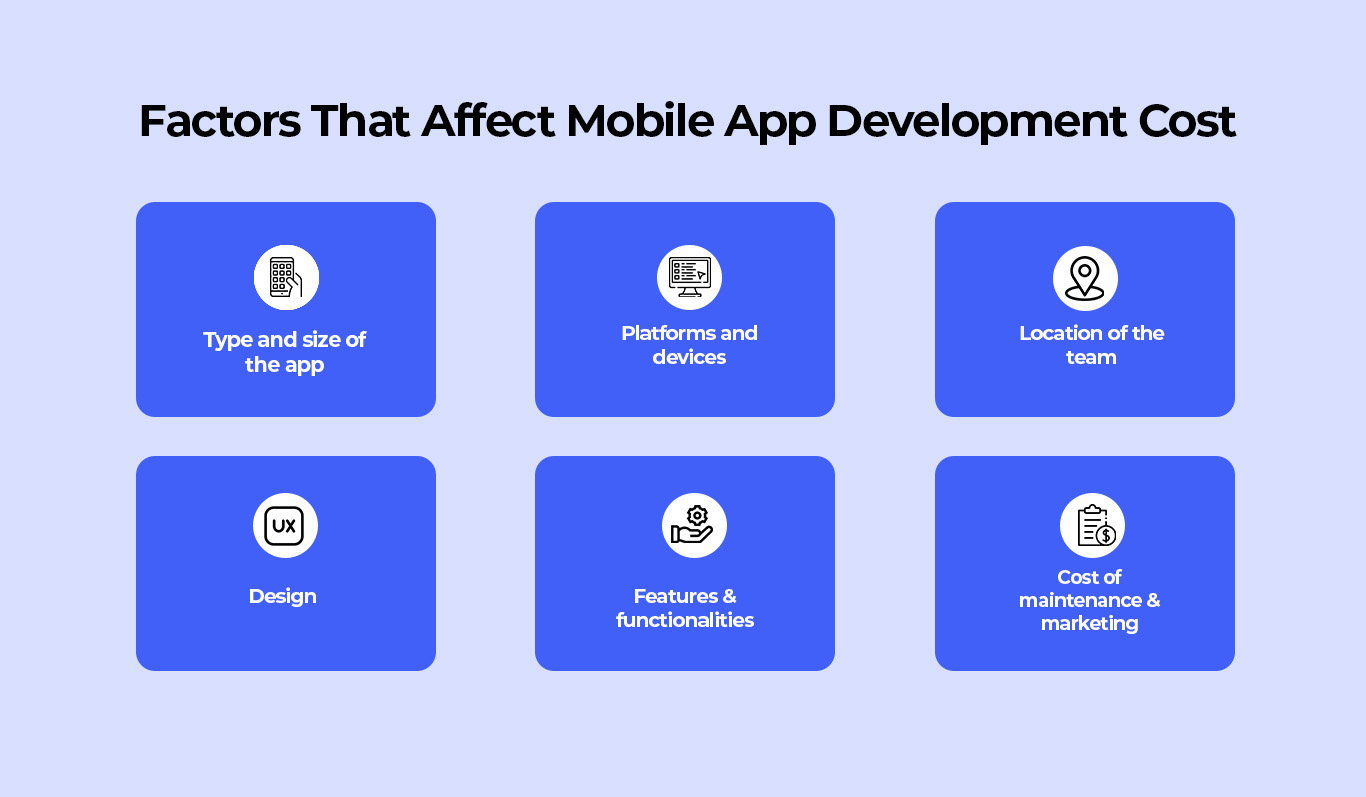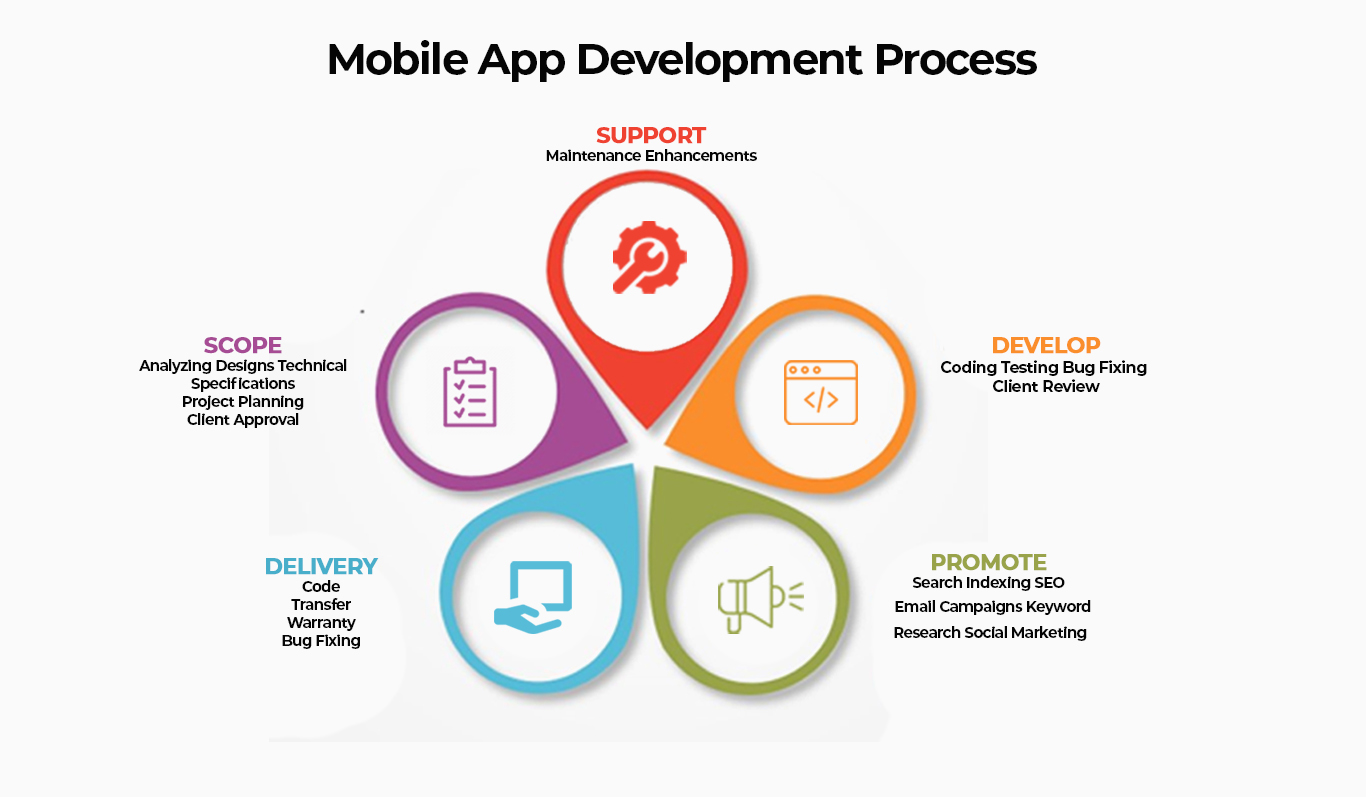How Much Does It Cost to Develop an App in Singapore in 2022?

The rapid pace of technological advancements has led to the increasing use of mobile apps across almost every industry. The importance of having an app for a business cannot be overstated. Singapore is leading the way with its apps, which are now commonplace and lucrative around the world. Singapore boasts of a Smartphone penetration rate of 88% (statista.com).
- According to the latest studies, smartphone users in Singapore use mobile applications for over five hours a day.
- The average monthly app usage in Singapore stands at 40%.
- A Singaporean uses 12 apps a day on average, which is higher than the global average.
Overall, Singapore is home to a very vibrant mobile app market. The cost of app development in Singapore should also be factored in if you want to take advantage of the Singapore app "craze" to grow your business.
Keep reading to know everything about developing an app in Singapore.
Interesting Facts About App Development Costs in Singapore
Your research on the cost of developing an app in Singapore will lead you to the following figures that depict the cost of app development in different categories and functionalities:

-
A feature-rich app starts at around SGD 85,000.
-
Smaller and simpler applications usually cost between SGD 10,000 and SGD 50,000.
-
Developing an iOS social media app like Facebook or Snapchat costs approximately SGD 40,000.
-
In terms of Android app development costs, Uber costs approximately SGD 38,000 while iOS costs SGD 45,000 to SGD 50,000.
-
SGD 45,000 would be required for an eCommerce application as advanced as Amazon's.
-
For a basic mobile app with basic functionality, you will need approximately SGD 10,000. A less experienced developer can make the same kind of app for less (up to 50% less).
-
The average cost of developing a mobile shopping app in Singapore is between SGD 20,000 and SGD 40,000.
-
A gaming app costs SGD 80,000 - $100,000.
Key Factors That Influence Mobile App Development Cost in Singapore

Technology Stack
The technology stack is one of the most critical parts of mobile app development, which will determine the overall cost of the project. The mobile app frameworks available at present are:
- Native Apps
- Hybrid Apps
- Cross-Platform Apps
Choose a platform
There are mainly two players in the market right now, Android and iOS. It may be possible to reduce the cost by focusing on any one platform using a native app development strategy. But with cross-platform development, the cost of developing an app can be covered simultaneously by both platforms, making development more affordable than working with only one platform.
App Development Team Location
Costs for mobile app development are primarily governed by the location of the experienced team.
Features and Complexity
Each feature included in an app will determine its development cost, for example, if it has specific features, you will pay around the same price on all platforms. If your mobile app requires more advanced features, this will again increase the cost of development.
UX/UI Designs
Another significant cost-determining factor is the design aspect of the mobile app. When compared to complex designs, simple and unique apps will be more cost-effective.
Security Requirements
Secure data and an app are the most important aspects of an app especially in the case of enterprise applications and other apps that are of a sensitive nature such as healthcare apps. Comparatively, basic applications don't require comprehensive app security protocols.
Support and Maintenance
Through maintenance services, customers can optimize uptime and infrastructure performance for the highest degree of availability. Maintain a commitment to providing the best-in-class level of support for your customers, including software development, training, and new service offerings.
Types of Mobile Applications
Informative Mobile Apps
An informative app is an app designed to provide information, such as an educational or news app.
Productivity Apps
Using these apps, people will be able to complete their tasks efficiently and effectively.
Utility Apps
These are apps we use every day to perform tasks such as hiring a cab or hiring a service company.
Lifestyle Apps
In terms of lifestyle apps, they include things such as weight loss apps, workout apps, shopping apps, and fitness apps.
Gaming Apps
This is a very popular category, accounting for a 24% share of an app store.
Travel Apps
With travel apps, users can receive concise information that makes their journey easier and more enjoyable.
Social Media Apps
Developing a social media app will require constant innovation in terms of features and support, and it should also be high-performance and engaging.
E-Commerce Apps
With these apps, you can focus on customer service while the app serves as your storefront and advertising platform.
Enterprise Apps
This category of app is often utilized by businesses to address a specific aspect of an organization's problem.
The Process of Developing an iOS/Android App
These are the key steps required when developing an Android or iOS app:

Understand Business Objectives
Every app is born out of an idea. If you have an idea, it is imperative that you refine and innovate it until it meets the requirements for an actual application. When analysing your buyer persona, make sure to include their goals, behaviour patterns, motivations, and demographics. Consider the end user's needs at all times.
Planning UI/UX
UX determines the relationship between various design elements, while UI determines how the app appears on the computer screen. This is a multifaceted process with different stages of review. This template lets the developers and designers plan the app's interaction, flow, feel, and overall appearance by providing a graphical direction and blueprint.
Wireframe Creation
The next step is to wireframe and document the app, which will help determine its functionality. Detailed sketches of the final product are created to determine whether there are usability problems. Furthermore, sketching can be used to communicate and collaborate with others. The wireframe is the final step after sketching, which helps refine your idea and organize different design elements.
Technical Development
Visual appeal is extremely crucial, but the back-end functions of your app are equally significant. A public API can help you determine whether your app is technically sound. The requirements of an app vary by platform and usage format i.e., wearable, smartphone, etc.
User Acceptance Testing
Testing apps early in the development process helps to avoid any significant changes later on as well as maintain low costs in app development. As you move deeper into the development cycle, fixing bugs becomes more expensive. Testing allows you to revisit the original design and planning documents and make any changes if needed. Ensure that your team has covered all the necessary bases during testing to avoid headaches in the future. It includes testing your app for performance, stress, security, compatibility, and usability.
Tips To Reduce Mobile Application Development Cost
Selection of the right development platform
You should choose the right platform to reduce the cost, effort, and time you will spend maintaining an application. In the case of native app development, you'll get higher performance and more features as developers make apps specifically for one type of operating system. Maintenance expenditures for native apps on iOS and Android, however, are separate. Developing a hybrid application is a good option if you want to make your services available on multiple platforms but only with limited features. This will save you the time and effort of having to maintain multiple app platforms.
Focus on building an MVP
A minimum viable product (MVP) is an app that contains only the most basic features. By providing many useless features, the app will be much larger, load slower, and may crash more often. It is therefore recommended that you develop an app that contains essential elements for your users.
Follow the latest development trends
By keeping up with the latest technology trends, we can reduce the requirement for frequent maintenance. MobileAppDaily, for instance, provides information about the latest UI trends for different types of apps. Your apps can also be kept current with information on modern technological advancements such as AI or IoT trends to keep them relevant.
Outsourcing development
If you want to develop a mobile application for your business, you have two options. The app can be developed by your own in-house team or you can hire an external developer. The other option is to outsource it to a company that specializes in app development. You can choose the outsourcing company based on your requirements and your project will be handled by a team of professionals. The cost of outsourcing is less than hiring an in-house team.
Continuous Testing
You must also address bugs and errors when developing an app, otherwise, your users will experience a flawed product and your brand image may suffer. An app's lifecycle involves numerous improvements and fixes. Additionally, constant testing throughout the app development cycle can save you a lot of money in the long run.
Conclusion
Several variables play a role in developing an app, from developer experience to app type, complexity, operating system, and size of the development team. So, it's better to hire a mobile app development company in Singapore. The information provides you with an accurate estimation of the cost of developing your app. Would you like to hire a company that can help you build your dream app? Reach out to us with your requirements. Let's discuss how we can help you achieve your business objectives.
FAQs
What is the time taken to develop a mobile app in Singapore?
App development times can vary depending on the platform, its features, complexity, developer expertise, and other factors. A basic app can be developed in 3 to 6 months while one of higher complexity usually takes longer i.e., from 8 months to a year.
What are the various stages of a mobile app development process in Singapore?
The different stages of a mobile app development process are:
- Market research
- UI UX design
- Development
- QA and testing
- Deployment
- Maintenance and support
Which platform do I choose to develop my application on?
Based on your budget, target audience, and application type, you can choose either the iOS or Android platform, or both using a cross-platform development methodology.
Will I be updated on the status of my app development project?
The key to successful app development is communication and transparency. Every step of the process we keep you informed. The final product can be modified to suit your business needs if necessary.
How to choose the best app development company in Singapore?
According to user reviews, recommendations, and your budget, you can choose the best company for your project. Neetable is a leading app development company in Singapore with high ratings on sites such as goodfirms and clutch.
Request a Quote
Categories
Popular posts
Best Practices for Software Product Engineering Every CTO Should Implement
2023-14-18How to Build Your Own On-Demand Carpooling App Services?
2023-08-25How to Start an On-Demand Fuel Delivery Business: A Comprehensive Guide
2023-07-28Empowering Miners: How Fleet Management Apps are Transforming the Mining Industry?
2023-07-21A Complete Guide to Develop a Food Delivery App for Restaurants in 2023
2023-07-08Mobile Apps Transforming the Travel Industry: A Game-Changer in Travel Planning and Experience
2023-07-07
